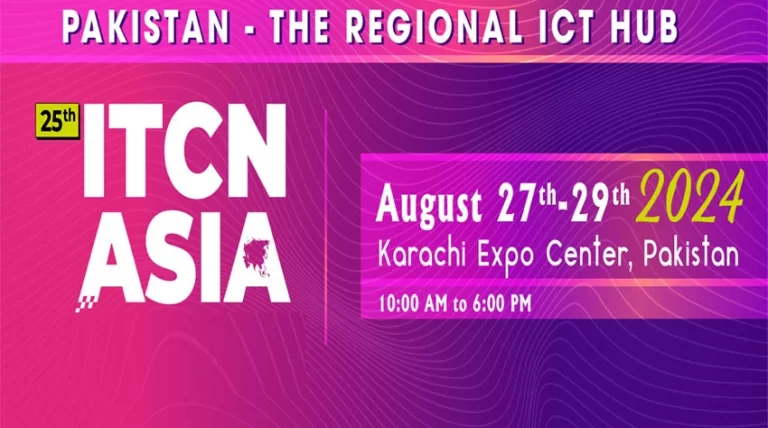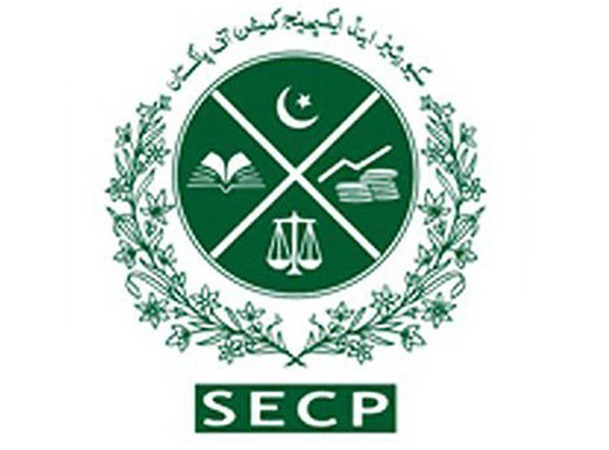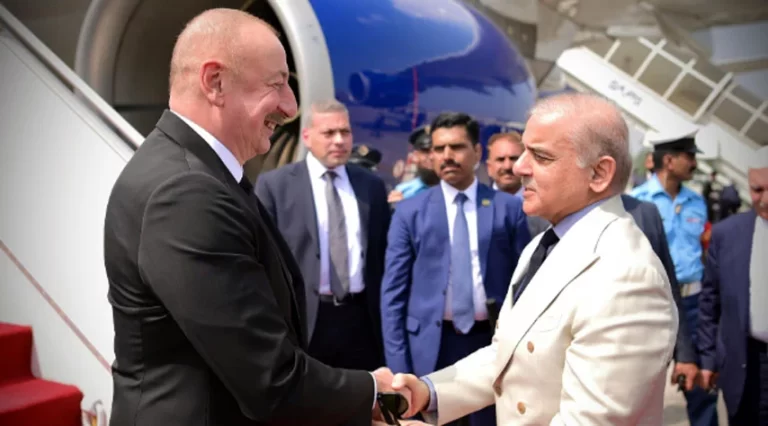Few Banks at Deep Discount Despite Rally
Staff Report
The Pakistan banking sector has seen a significant rally, with a 23% increase over the past three months and a staggering 115% rise in the last twelve months. This surge aligns with market participants returning to historic valuation multiples for banks as the overall market multiple gradually increases.Multi-billion Rupees Banks Scam Exposed
Over the past year, the overall market price-to-earnings (PE) ratio has re-rated from 2.2-2.4x to 4.0x. Similarly, banks’ PE ratios have risen from 2.0x in 2023 to an estimated 3.6x in 2024. This trend was anticipated in our Mid Year Strategy report published on May 12, 2024, which projected a linear reversion to a historical average PE of 6.93x over the next three years, contingent on the successful implementation of the IMF program and its conditions related to fiscal and monetary discipline and structural reforms.
A recent evaluation of banks using price-to-book value (PBV) and PE multiples reveals that several banks are trading at higher discounts to their 10-year averages. Using the PBV method, Bank of Punjab (BOP), Habib Bank (HBL), Askari Bank (AKBL), Allied Bank (ABL), and National Bank (NBP) stand out. Using the PE method, Bank of Khyber (BOK), Soneri Bank (SNBL), HBL, NBP, and AKBL are notable. Notably, HBL, NBP, and AKBL are at deep discounts based on both PBV and PE approaches.
The 10-year PBV multiple for Pakistan banks has averaged around 0.94x, peaking at 1.3x in 2015 and bottoming out at 0.5x in 2023. As of March 2024, the sector’s PBV stands at 0.88x, with the average Capital Adequacy Ratio (CAR) improving to 19% from 17% in 2014. Despite the sector’s overall improvement, certain banks are trading at significant discounts to their historical valuation multiples:
- Bank of Punjab (BOP): Trading at a PBV of 0.2x, 59% lower than its 10-year average of 0.5x. The bank’s CAR has improved from 10.2% in December 2014 to 17.1% in March 2024.
- Habib Bank (HBL): Trading at a PBV of 0.5x versus a 10-year average of 1.1x, with a CAR of 16.0% as of March 2024, compared to 16.2% in December 2014.
- Askari Bank (AKBL): Trading at a PBV of 0.4x against a 10-year average of 0.6x. Its CAR has improved from 13.2% in December 2014 to 16.8% in March 2024.
- Allied Bank (ABL): Trading at a PBV of 0.6x, a 36% discount from its 10-year average of 0.9x. ABL boasts the highest CAR in the industry at 27.8% as of March 2024, up from 19.9% in 2014.
- National Bank (NBP): Trading at a PBV of 0.3x versus a 10-year average of 0.4x. Its current CAR is 24.9%, the second highest in the industry, although it is expected to decrease by 600 basis points due to a Rs100 billion pension liability provision in the ongoing quarter.
Conversely, some banks are trading above their 10-year PBV values, including Standard Chartered (SCBPL), Faysal Bank (FABL), Meezan Bank (MEBL), Samba Bank (SBL), and United Bank (UBL).
From a PE perspective, the Pakistan banking sector is trading at a 2023 PE of 3.9x and a 2024 estimated PE of 3.6x, compared to a historical 10-year average PE of 6.8x, reflecting a discount of 43-47%. The banks’ return on equity (ROE) has significantly improved to 26% in 2023 from a 10-year average of 15%.
Banks trading at the highest discounts to their historic PE multiples include:
- Bank of Khyber (BOK): Trading at a PE of 3.8x versus a 10-year average of 12.2x, with an ROE improvement from 10% to 19%.
- Soneri Bank (SNBL): Trading at a PE of 2.2x versus a 10-year average of 6.3x, with an ROE increase from 12% to 24% in 2023.
- Habib Bank (HBL): Trading at a PE of 3.2x versus a 10-year average of 8.4x, with an ROE rise to 18% in 2023 from a 10-year average of 13%.
- National Bank (NBP): Trading at a PE of 1.7x versus a 10-year average of 4.3x, with an ROE improvement from 11% to 15% in 2023.
- Askari Bank (AKBL): Trading at a PE of 1.6x versus a 10-year average of 3.9x, with an ROE increase from 19% to 25% in 2023.
These evaluations highlight opportunities within the sector for investors seeking value in the current market.








